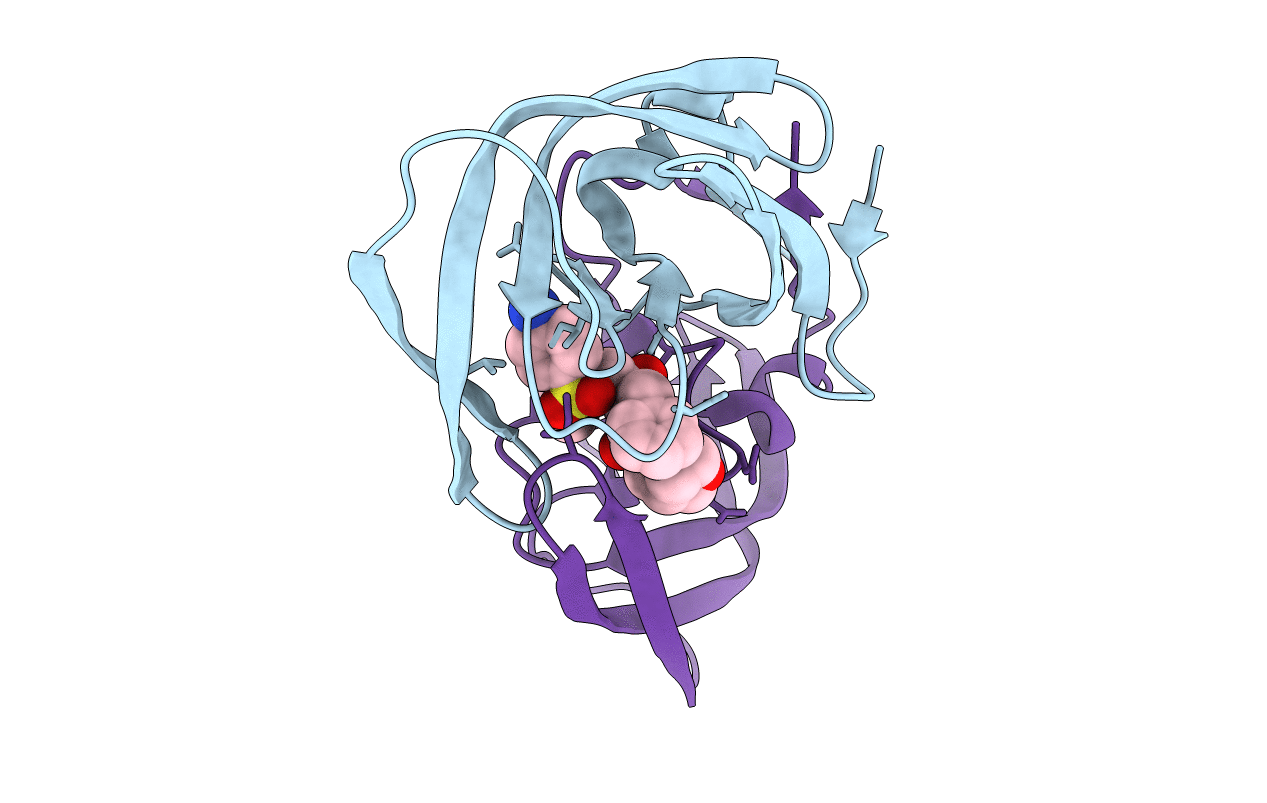
Deposition Date
2019-07-17
Release Date
2020-06-24
Last Version Date
2023-10-11
Entry Detail
PDB ID:
6PU8
Keywords:
Title:
Room temperature X-ray structure of HIV-1 protease triple mutant (V32I,I47V,V82I) with tetrahedral intermediate of keto-darunavir
Biological Source:
Source Organism:
Human immunodeficiency virus 1 (Taxon ID: 11676)
Host Organism:
Method Details:
Experimental Method:
Resolution:
1.80 Å
R-Value Free:
0.24
R-Value Work:
0.18
Space Group:
P 21 21 2


